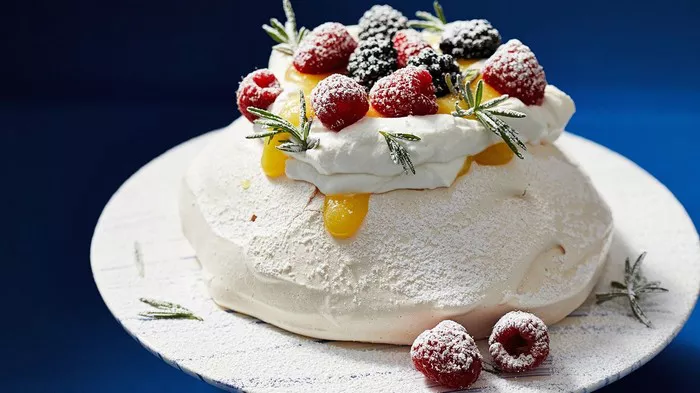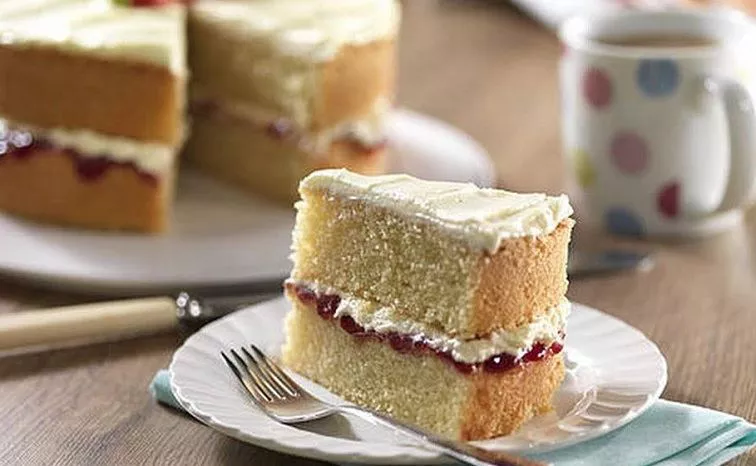Matcha Cake – The allure of matcha extends beyond traditional tea ceremonies, finding its way into an array of culinary delights. One such indulgence that has gained popularity is the matcha cake. This vibrant and flavorful dessert captivates with its earthy undertones and bright green hue. Whether you’re a seasoned baker or a novice in the kitchen, mastering the art of creating the perfect matcha cake can be a delightful journey. In this article, we’ll explore six essential tips that will elevate your matcha cake game, ensuring a delectable and visually stunning result.
6 Matcha Cake Tips You Don’t Want to Miss
1. Choosing the Right Matcha Powder:
Matcha Cake – The quality of your matcha powder is the bedrock upon which your matcha cake flavor will stand. Opt for a high-quality ceremonial grade matcha powder for the best results. This grade is made from young tea leaves, carefully stone-ground to a fine powder, ensuring a smoother texture and more vibrant flavor.
When selecting matcha, consider factors such as color, aroma, and origin. Vibrant green color indicates freshness, while a rich, umami aroma suggests a high-quality powder. Additionally, matcha from Japan, particularly from regions like Uji or Nishio, is renowned for its exceptional quality. Investing in premium matcha sets the stage for a matcha cake that truly captures the essence of this revered green tea powder.
2. Balancing Flavors:
Matcha Cake – Achieving the perfect balance of sweetness and the distinctive bitterness of matcha is a key consideration in crafting an exceptional matcha cake. Matcha’s robust and slightly bitter profile can be complemented by the right amount of sweetness to create a harmonious flavor profile.
Experiment with the sugar content in your recipe, keeping in mind that matcha cakes typically require less sugar than traditional cakes. The goal is to enhance the matcha’s natural sweetness without overpowering its unique characteristics. Taste-testing your batter can guide you in adjusting the sugar levels to achieve that sweet spot where the matcha flavor shines through.
3. Sifting Matcha for Smooth Texture:
Matcha Cake – The fine texture of matcha can be a double-edged sword in baking. While it contributes to the distinctive flavor, it can also lead to lumps in your batter if not incorporated properly. Sifting the matcha powder before adding it to the batter is a crucial step that ensures a smooth and lump-free texture in your matcha cake.
Use a fine mesh sieve or a specialized matcha sifter to sift the matcha powder directly into your dry ingredients. This process not only removes any clumps but also aerates the powder, allowing it to blend seamlessly into the batter. The result is a velvety, evenly colored matcha cake with a consistently delightful flavor.
4. Incorporating Liquid Ingredients:
Matcha Cake – The liquid ingredients you choose can significantly impact the moisture and flavor of your matcha cake. Opt for high-quality, full-fat ingredients to enhance the richness of your cake. Consider using whole milk, premium-quality butter, and even adding a splash of vanilla extract for added depth.
Additionally, incorporating a liquid element like yogurt or sour cream can contribute to a moist and tender crumb. These dairy products not only enhance texture but also complement the earthy notes of matcha. Experimenting with different combinations of liquid ingredients allows you to tailor your matcha cake to your preferred taste and texture.
5. Preventing Overmixing:
Matcha Cake – Overmixing the batter is a common pitfall in cake baking, and matcha cake is no exception. Vigorous mixing can lead to a dense and tough texture rather than the desired light and airy crumb. The key is to mix the ingredients until just combined, avoiding excessive stirring.
Incorporate the dry and wet ingredients in stages, alternating between them. Gently fold the matcha powder into the batter until no streaks remain, being careful not to overmix. This delicate approach ensures that the air incorporated during the mixing process contributes to a fluffy and tender matcha cake. Patience and a light hand are essential for achieving the desired texture.
6. Baking Time and Temperature:
Matcha Cake – The final tip for perfecting your matcha cake revolves around precision in baking time and temperature. Matcha cakes are sensitive to variations in oven conditions, and slight adjustments can significantly impact the outcome. Preheat your oven to the specified temperature in your recipe, allowing it to reach the desired heat level before placing your cake inside.
Monitor the baking time closely, as matcha cakes tend to bake faster than their traditional counterparts. Insert a toothpick into the center of the cake; when it comes out with a few moist crumbs attached, your matcha cake is ready. Overbaking can result in a dry texture and a loss of the vibrant green color, so attentiveness during the final stages is crucial for achieving a moist and visually appealing matcha cake.
Conclusion
Matcha Cake – Elevating your matcha cake from good to exceptional involves a combination of high-quality ingredients, careful balancing of flavors, and precision in the baking process. From choosing the right matcha powder to finding the perfect sweetness level, sifting matcha for a smooth texture, and incorporating premium liquid ingredients, each step plays a vital role in creating a matcha cake that delights the senses.


















